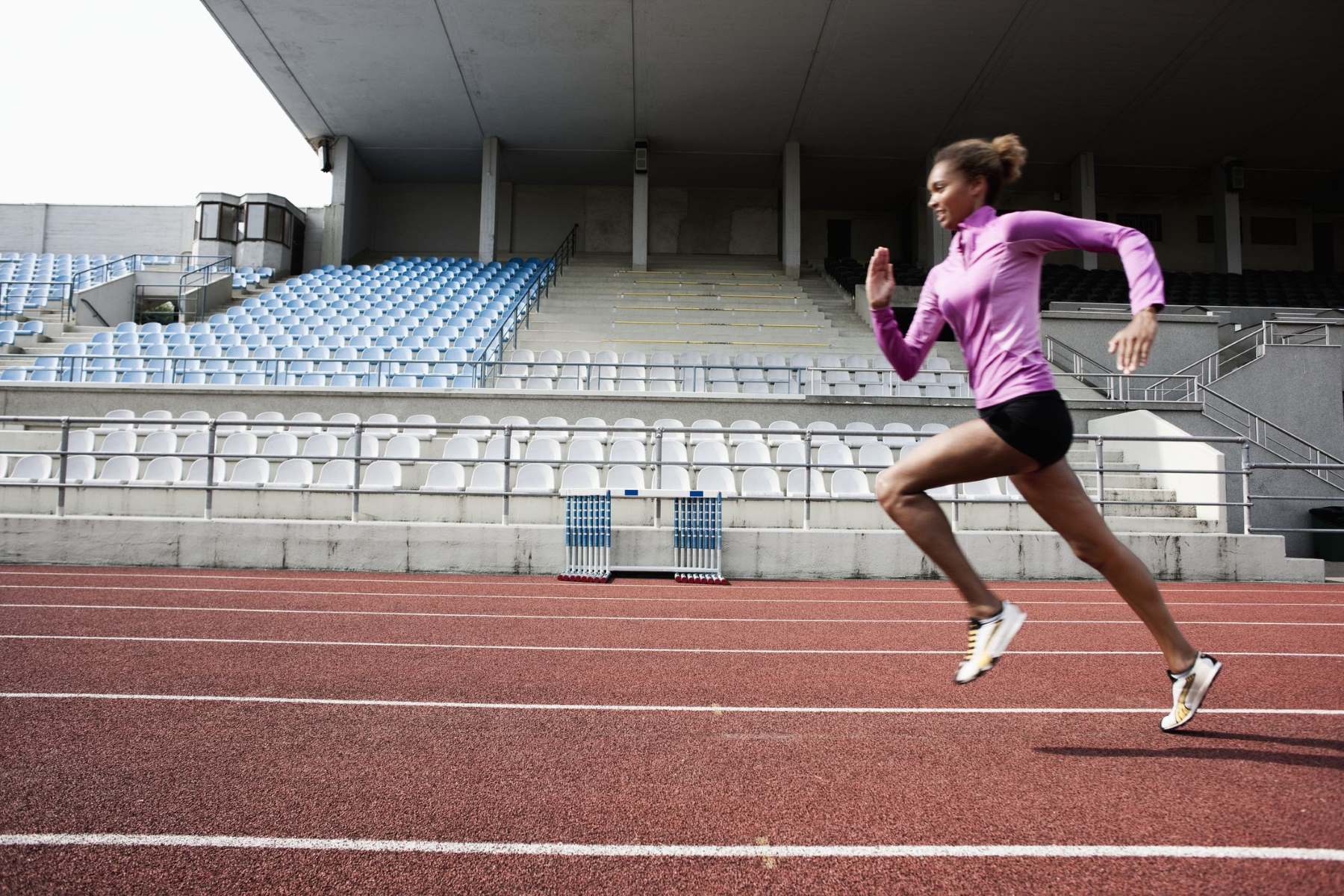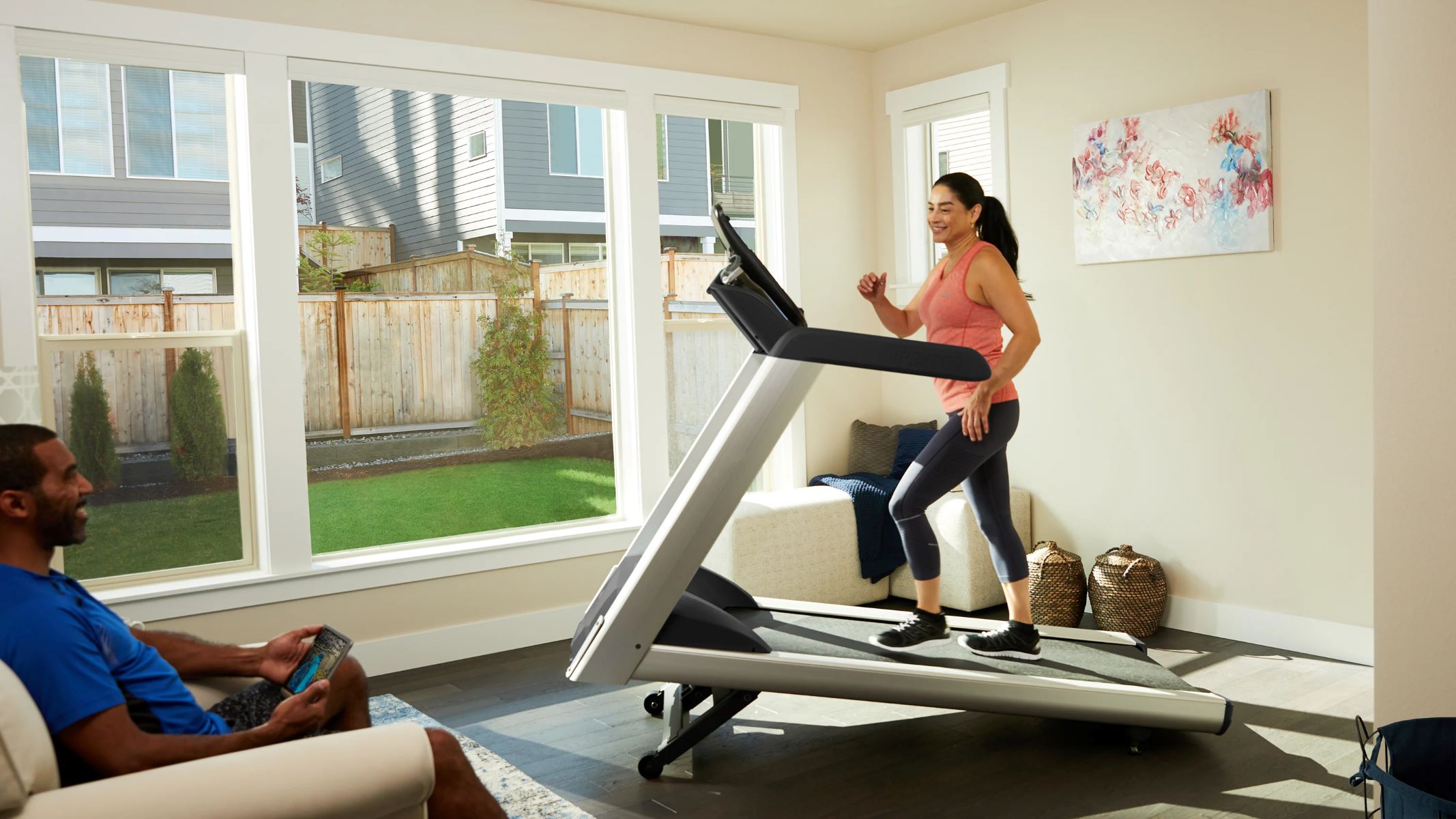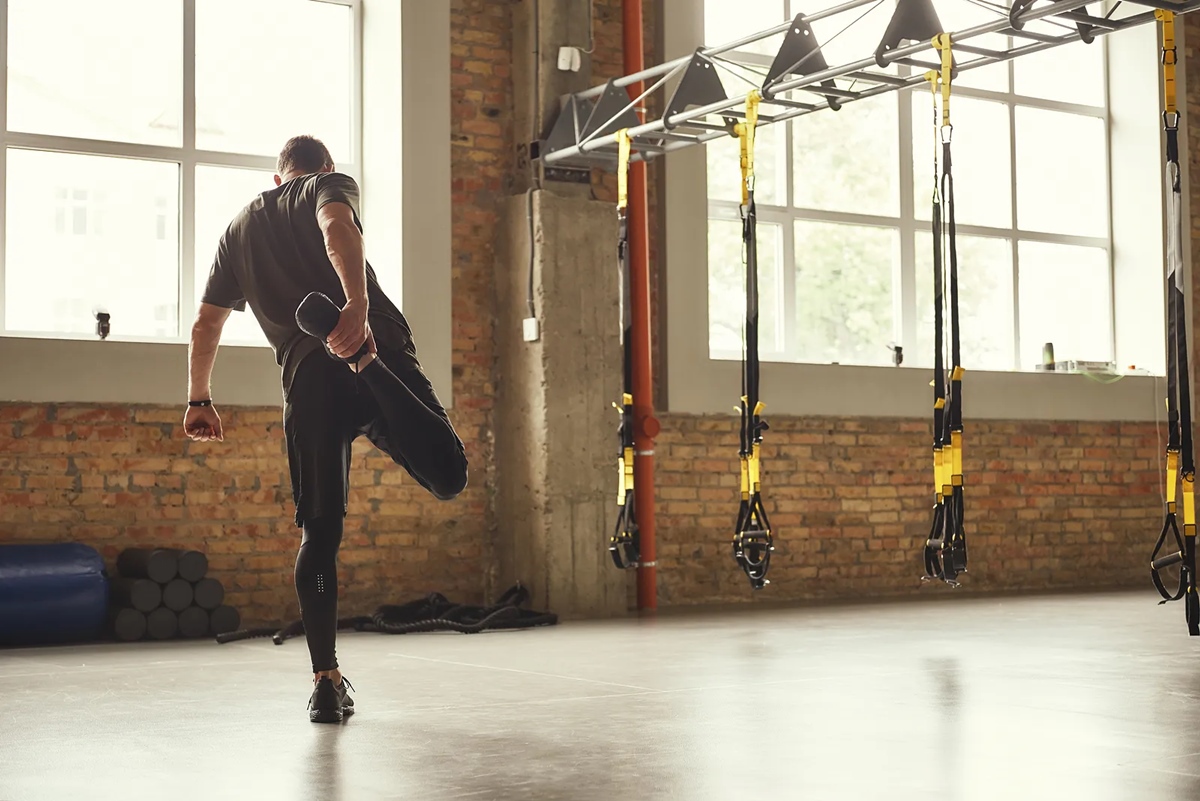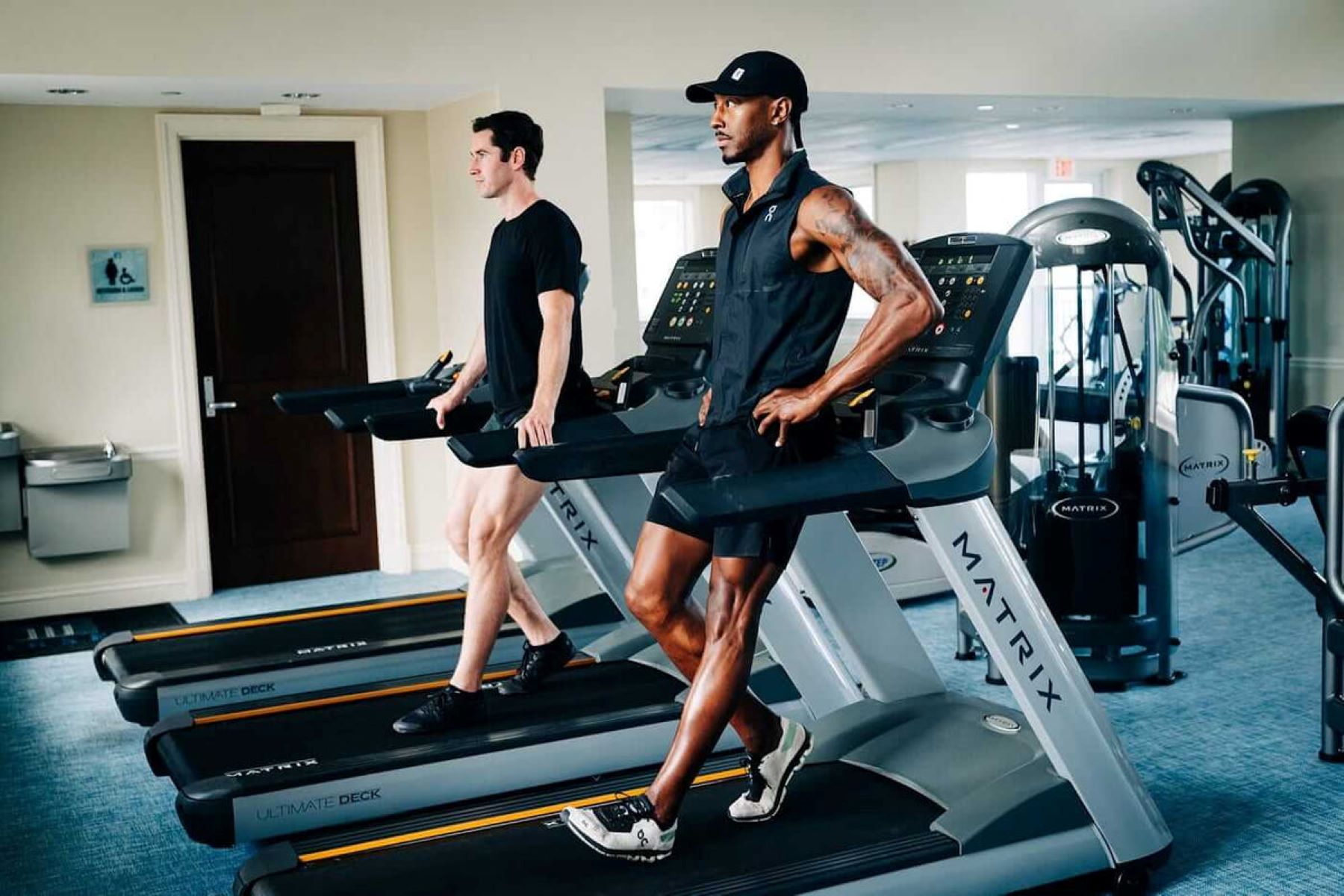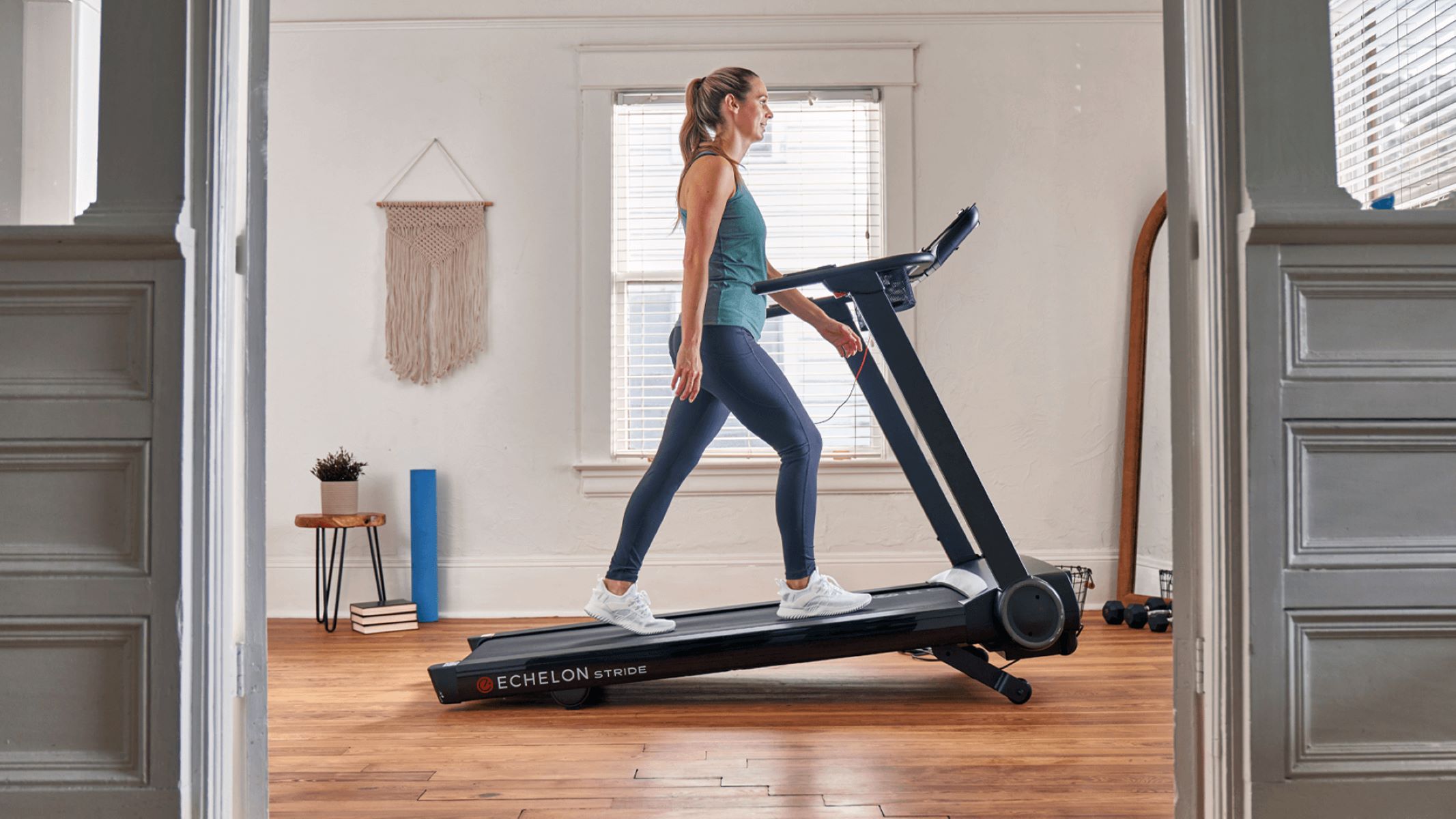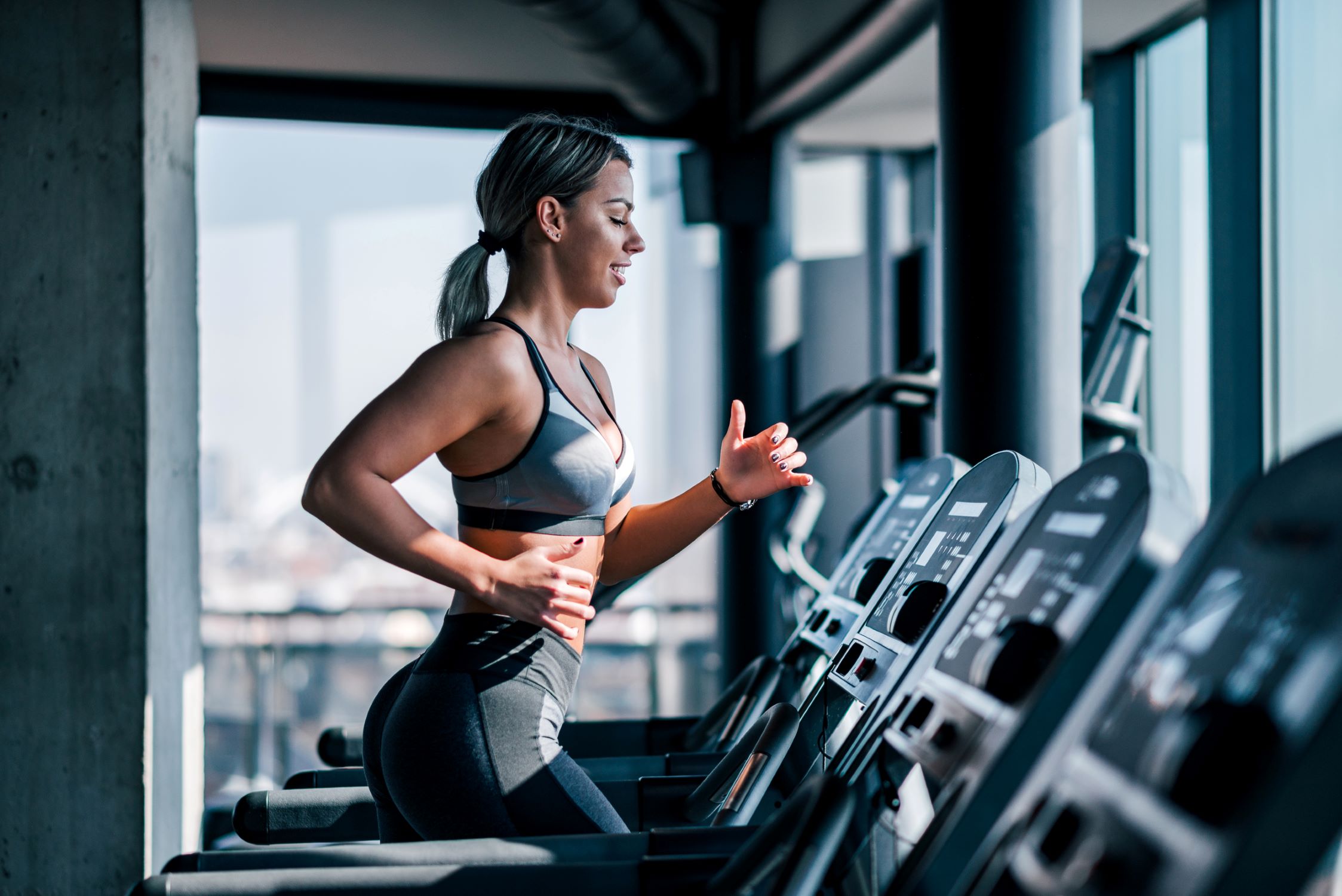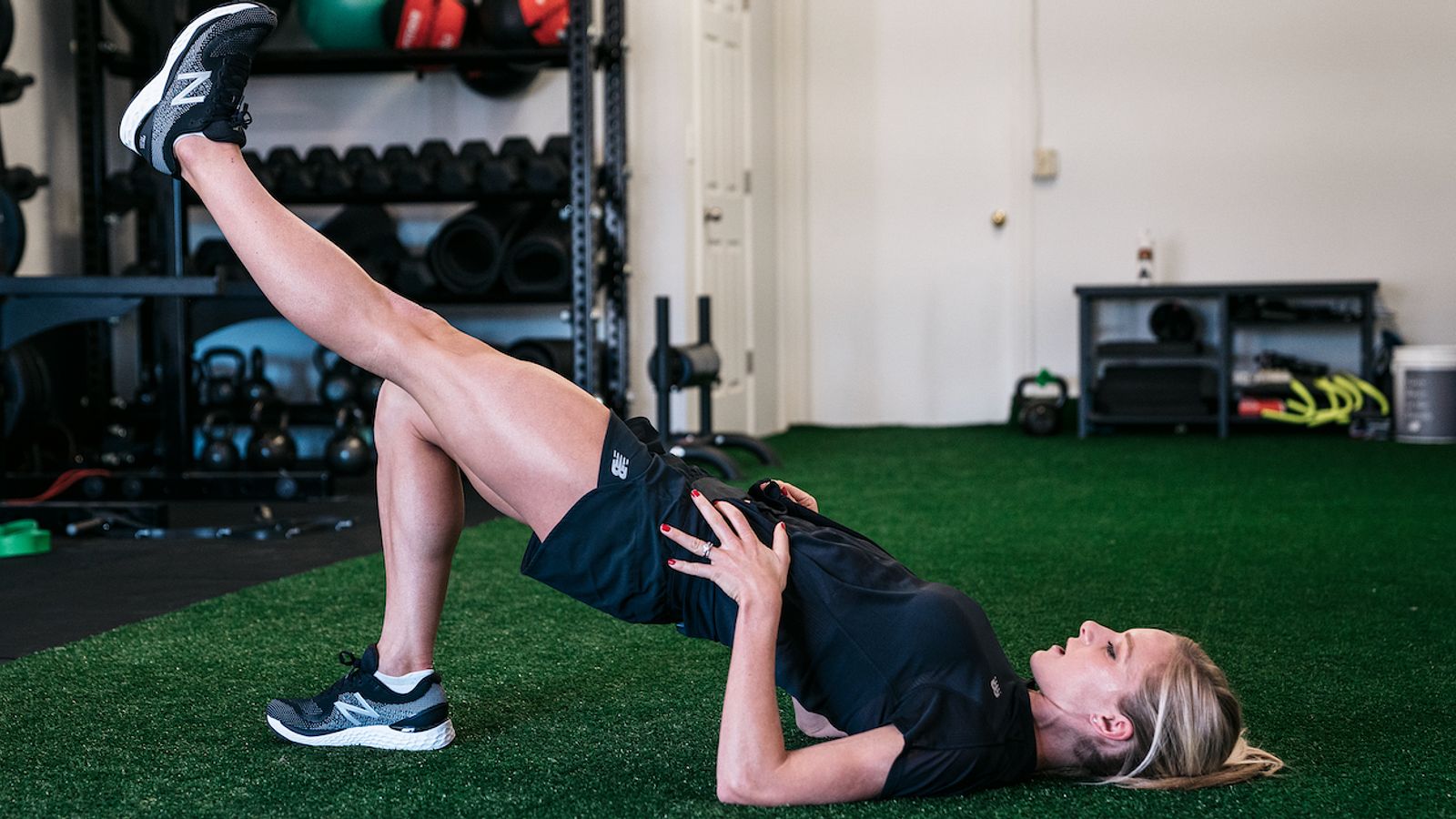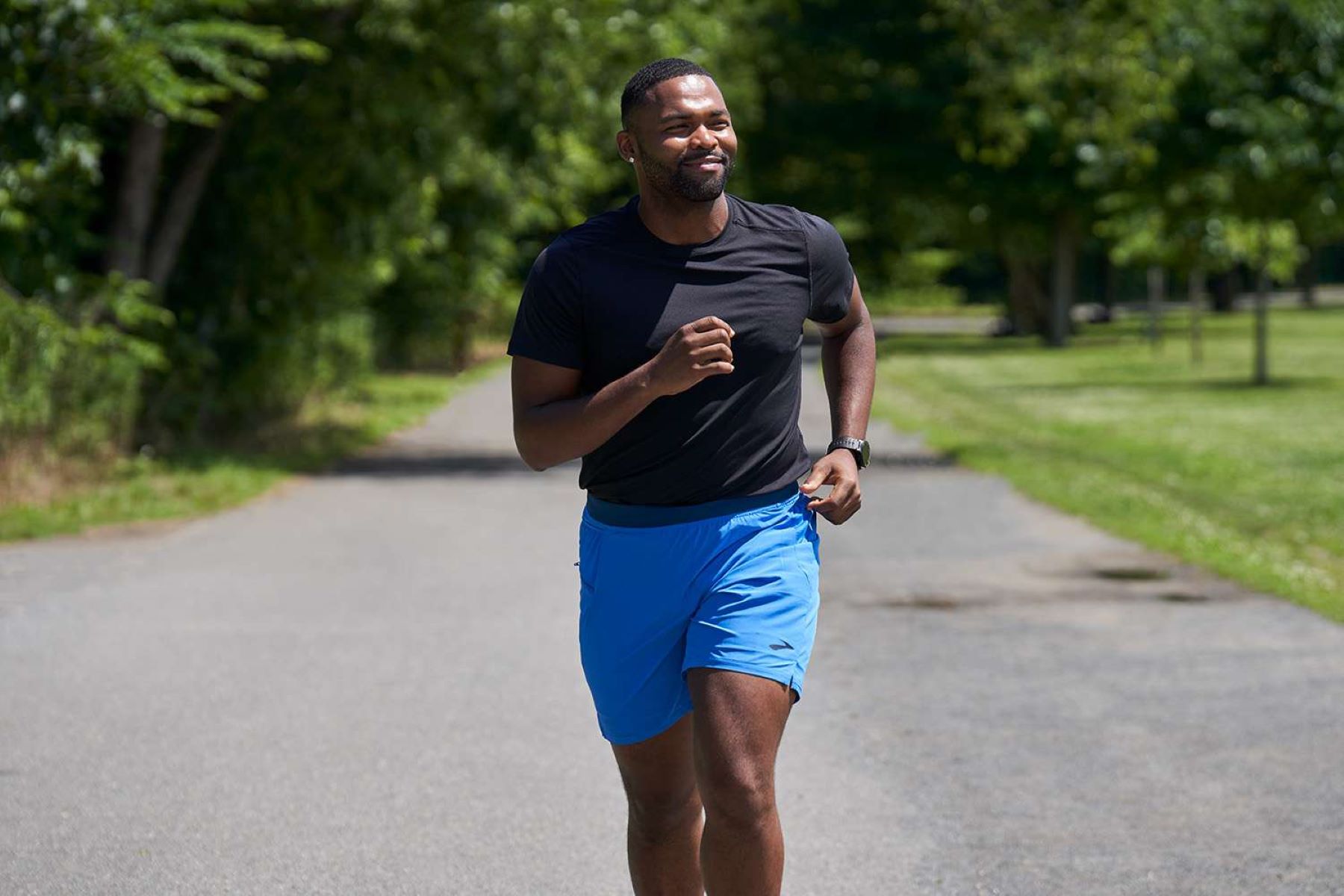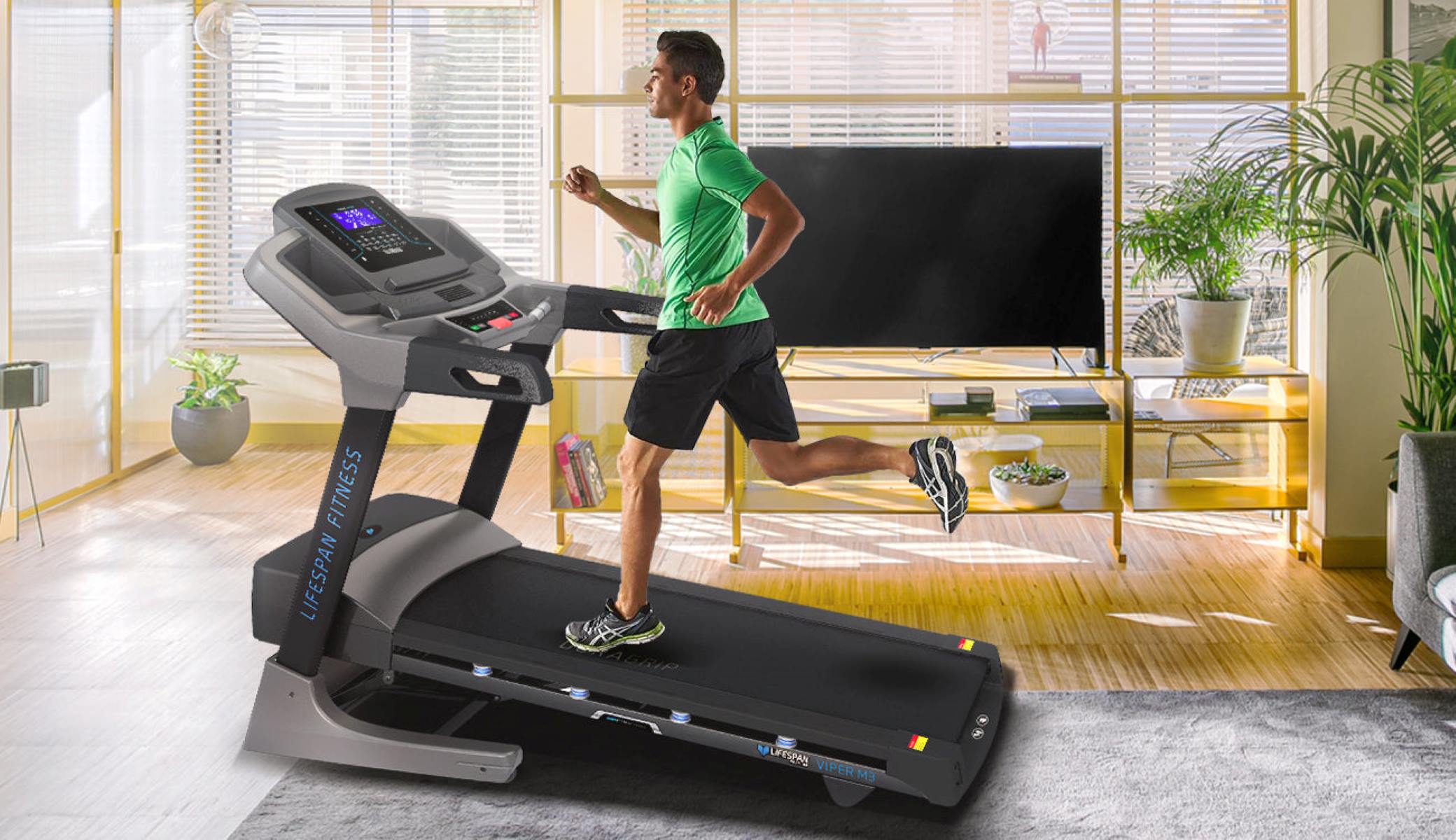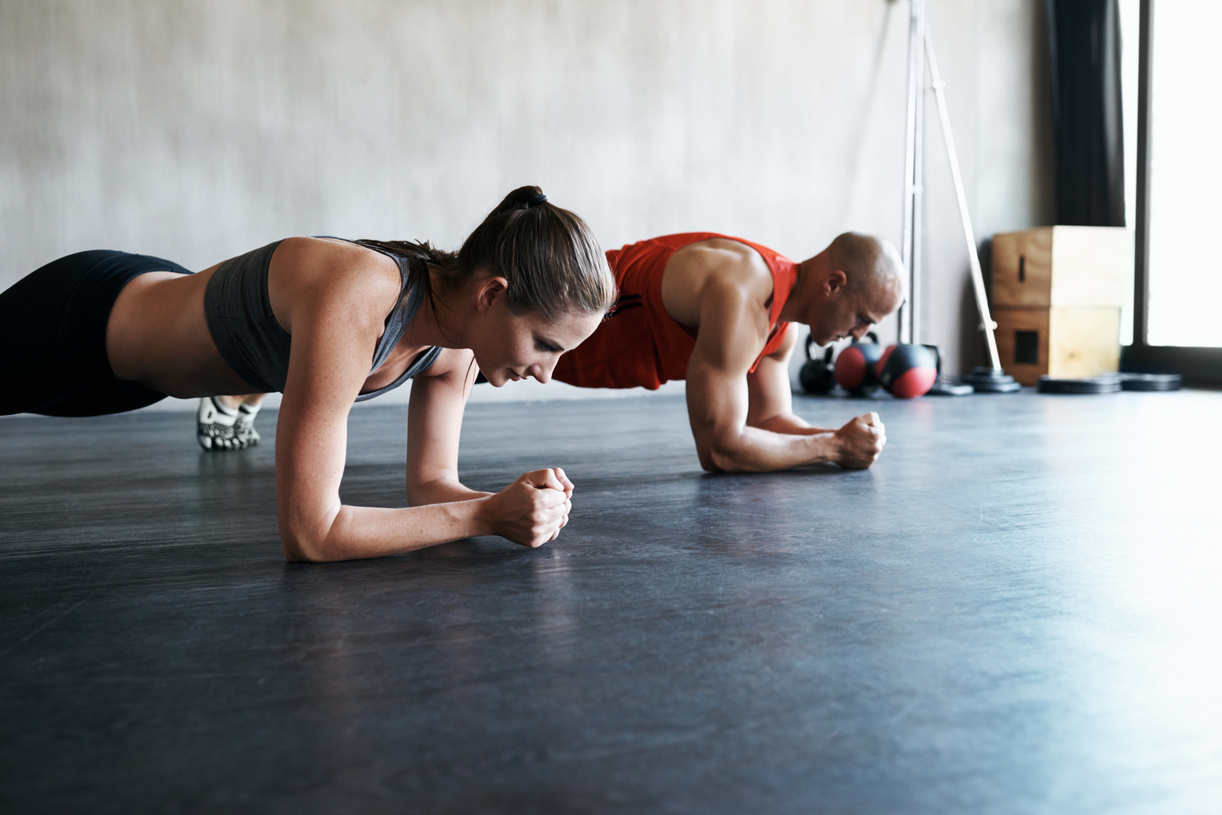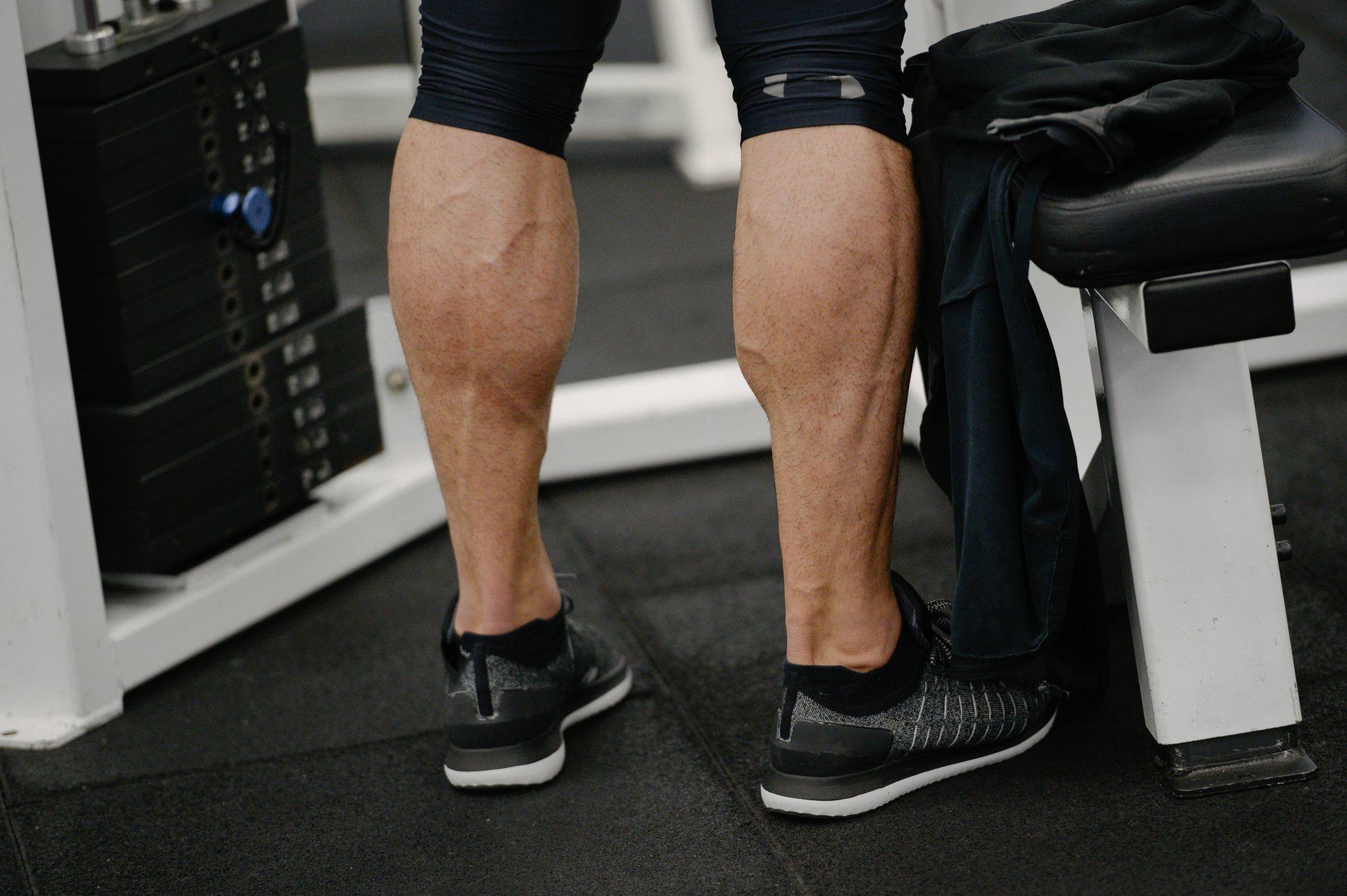

Featured
How To Workout Your Calves
Modified: August 21, 2023
Looking to strengthen your calves? Check out our featured workout guide to learn how to effectively target and tone your calf muscles for impressive results.
Introduction
When it comes to working out, we often focus on larger muscle groups like the biceps, quadriceps, or chest. However, one area that is often overlooked but equally important is the calves. Strong and sculpted calves not only contribute to an aesthetically pleasing physique but also play a vital role in our everyday activities.
Whether you’re running, jumping, or simply walking, your calves are heavily involved in these movements. Neglecting calf workouts can lead to imbalances in your lower body and hinder your overall performance. Therefore, it’s essential to incorporate specific exercises targeting the calf muscles into your fitness routine.
In this article, we will explore the importance of working out your calves and introduce various exercises to help you strengthen and tone these often neglected muscles. From basic calf raises to more advanced techniques, we will provide you with a comprehensive guide to achieve impressive calf development.
So, if you’re ready to take your leg workouts to the next level and enhance your overall athleticism, let’s dive into the world of calf exercises and discover the power of a strong foundation.
Importance of working out your calves
While the calves may seem like a small muscle group, they play a crucial role in our daily activities and athletic performance. Here are several reasons why incorporating calf exercises into your workout routine is essential:
- Improved athletic performance: Whether you’re a runner, basketball player, or dancer, strong calves are essential for explosive movements, speed, and agility. Working out your calves can help you jump higher, sprint faster, and move with greater control and efficiency.
- Enhanced balance and stability: The calves are crucial for maintaining balance and stability, especially during activities that require standing on one leg or making quick changes in direction. Strengthening your calves can help prevent ankle sprains and promote better overall stability and body control.
- Reduced risk of injuries: Weak calf muscles can lead to imbalances in the lower body, increasing the risk of injuries such as shin splints, Achilles tendonitis, and calf strains. By strengthening your calf muscles, you can provide better support and protection for the surrounding joints and tissues.
- Better aesthetics: Well-developed calf muscles add definition, shape, and symmetry to your lower legs. Working out your calves can help you achieve toned and sculpted legs that not only look great but also boost your confidence and self-esteem.
- Improved overall lower body strength: Ignoring the calves in your workout routine can lead to muscle imbalances and hinder your overall lower body strength. Strong calves contribute to the overall stability and power of your legs, allowing you to perform exercises like squats and lunges more effectively.
As you can see, neglecting calf workouts can have a significant impact on your athletic performance, overall strength, and risk of injuries. By dedicating time and effort to strengthening your calves, you can enhance not only your physical abilities but also your overall well-being.
Types of calf exercises
When it comes to working out your calves, there are various exercises you can incorporate into your workout routine. Each exercise targets different areas of the calf muscles, allowing for well-rounded development. Here are five effective calf exercises to consider:
- Calf raises: Calf raises are a classic exercise that primarily targets the gastrocnemius muscles, the larger calf muscles. To perform calf raises, stand with your feet hip-width apart, raise your heels as high as possible while keeping the balls of your feet on the ground, then slowly lower your heels back down. You can do calf raises on a flat surface or on an elevated platform to increase the range of motion.
- Jump rope: Jumping rope not only provides cardiovascular benefits but also strengthens the calf muscles. The repetitive jumping motion engages the calves as you push off the ground with each jump. Start with a slow, steady pace and gradually increase your speed as you build strength and endurance in your calves.
- Standing calf stretch: While stretching may not directly build muscle, it is an essential part of any calf workout routine. The standing calf stretch targets the gastrocnemius muscle by placing one foot a step behind you, keeping the back leg straight and pressing the heel into the ground. Lean forward to feel a stretch in your calf muscles and hold for 20-30 seconds on each leg.
- Seated calf raises: Seated calf raises primarily target the soleus muscle, which lies beneath the larger gastrocnemius muscles. To perform seated calf raises, sit on a bench or chair with your feet flat on the ground. Place a weight or dumbbell on your thighs, then raise your heels off the ground as high as possible, and slowly lower them back down.
- Donkey calf raises: Donkey calf raises are a challenging exercise that requires a partner or a machine specifically designed for this movement. Position yourself facing down on a calf raise machine or have your partner sit on your lower back. With your legs straight, raise your heels as high as possible, then lower them back down in a controlled motion.
These are just a few examples of calf exercises you can incorporate into your workout routine. Mix and match these exercises or try different variations to keep your calf workouts challenging and effective. Remember to start with lighter weights or minimal resistance and gradually increase the intensity as your calf muscles become stronger.
Calf raises
Calf raises are one of the most effective exercises for targeting the calf muscles, specifically the gastrocnemius muscles. This exercise can be done with or without additional weight and can be modified to intensify the workout. Here’s how to properly perform calf raises:
- Start by standing with your feet hip-width apart and your toes pointing forward. You can perform calf raises on a flat surface or on an elevated platform, such as a step or a sturdy block.
- Slowly raise up onto the balls of your feet, lifting your heels as high as possible. Focus on squeezing your calf muscles at the top of the movement to maximize the contraction.
- Hold the raised position for a moment, then slowly lower your heels back down to the starting position. It’s important to control the descent and not let your heels drop quickly.
- Repeat the movement for the desired number of repetitions. Beginners may start with 10-12 reps, while more advanced individuals can aim for 15-20 reps.
- To increase the intensity of the exercise, you can hold dumbbells in your hands or use a calf raise machine that provides additional resistance. Just make sure to maintain proper form and control throughout the exercise.
When performing calf raises, it’s important to keep a neutral spine, engage your core, and avoid excessive bouncing or jerking movements. You should feel the work primarily in your calf muscles, and if you experience any discomfort or pain, adjust your range of motion or modify the exercise as needed.
Calf raises can be incorporated into your leg day routine or performed as a standalone calf workout. Aim to gradually increase the weight or resistance over time to continue challenging your calf muscles and promoting growth and strength.
Remember to warm up your calves with dynamic stretches or light cardio activity before diving into calf raises. Additionally, stretching your calves after the workout can help improve flexibility and aid in recovery.
By consistently incorporating calf raises into your fitness routine, you can develop stronger and more defined calf muscles, enhance your athletic performance, and improve the overall balance and stability of your lower body.
Jump rope
Jumping rope is not only a fun and nostalgic activity but also a highly effective exercise for targeting and strengthening the calf muscles. It provides cardiovascular benefits while simultaneously engaging the calves in an explosive and repetitive motion. Here’s how to incorporate jump rope into your calf workout:
- Start by selecting the right skipping rope. Choose one that is the appropriate length for your height and ensure that the handles are comfortable to grip.
- Find a suitable space with enough room to swing the rope overhead without hitting any obstacles or objects nearby. Consider jumping on a cushioned surface like a gym mat or grass to reduce impact on your joints.
- Hold the handles of the jump rope with a firm grip, keeping your elbows close to your sides and your wrists relaxed. Stand with your feet hip-width apart, knees slightly bent, and your core engaged.
- Gently swing the rope overhead and begin jumping when it reaches the front of your feet. As you jump, alternate landing on the balls of your feet and keep your knees slightly bent to absorb the impact.
- Start with a comfortable pace and gradually increase your speed as you become more proficient. Focus on maintaining a steady rhythm and avoid excessive skipping or tripping over the rope.
- Continue jumping rope for a predetermined time or set number of repetitions. Beginners can aim for 1-2 minutes of continuous jumping, while more advanced individuals can extend the duration up to 5 minutes or more.
- To target the calf muscles specifically, focus on pushing off the ground with the balls of your feet while performing the jumps. This will engage and activate the calves with each repetition.
Jumping rope not only strengthens the calves but also provides a full-body workout, improving cardiovascular endurance, coordination, and agility. Additionally, it is a versatile exercise that can be performed virtually anywhere with minimal equipment.
To add variety to your jump rope routine, you can incorporate different jumping techniques, such as single leg jumps, double unders, or high knee jumps. These variations will challenge your calf muscles in different ways and prevent boredom in your workouts.
Remember to warm up your calves and ankles before jumping rope by performing dynamic stretches or calf raises to reduce the risk of injury. After completing your jump rope session, cool down with static stretches to promote muscle recovery and flexibility.
Whether you’re looking to enhance your athletic performance, improve cardiovascular fitness, or strengthen your calf muscles, jumping rope is a fun and effective exercise to incorporate into your calf workout routine.
Standing calf stretch
The standing calf stretch is a simple yet effective exercise that targets the calf muscles, specifically the gastrocnemius muscle. This stretch helps improve flexibility, alleviate tightness, and reduce the risk of calf-related injuries. Here’s how to perform the standing calf stretch:
- Start by finding a wall or sturdy surface to support your balance. Stand facing the wall with your feet hip-width apart, approximately one full arm’s length away.
- Take one step forward with your right foot, keeping your right knee slightly bent. The ball of your right foot should be planted on the ground, while the heel is elevated.
- Place your hands on the wall in front of you, about shoulder-height, for support and stability.
- Keeping your right leg straight, gently lean forward by shifting your weight onto your right foot. You should feel a stretch in your right calf muscle.
- Hold the stretch for 20-30 seconds or longer if it feels comfortable. Focus on breathing deeply and relaxing into the stretch.
- Release the stretch and return to the starting position. Repeat the stretch on the other side by stepping forward with your left foot.
- For a deeper stretch, you can increase the intensity by moving your foot slightly farther away from the wall or by bending your knee slightly more.
The standing calf stretch can be performed before or after a workout or even as a standalone stretching routine. It helps elongate the calf muscles, improve ankle mobility, and relieve tension accumulated from activities like running or jumping.
It’s important to note that while stretching the calves, you should feel tension and a gentle stretch sensation, but not pain. If you experience any discomfort or pain, adjust the stretch or consult with a healthcare professional.
Stretching both calves regularly can help improve flexibility and prevent muscle imbalances. It’s especially beneficial for those who are on their feet for long periods, engage in repetitive motions, or have tight calf muscles due to sports or daily activities.
Remember to warm up your calf muscles before stretching by performing light aerobic exercises or dynamic calf movements. Similarly, after the stretch, cool down with static stretches and gently massage the calf muscles to promote relaxation and recovery.
Incorporating the standing calf stretch into your workout routine can enhance flexibility, reduce the risk of injuries, and improve overall lower body function. It’s a simple yet valuable exercise for maintaining healthy and limber calves.
Seated calf raises
Seated calf raises are a highly effective exercise for targeting and strengthening the soleus muscle, which lies beneath the larger gastrocnemius muscles in the calf. This exercise can be performed using a seated calf raise machine or with a set of dumbbells. Here’s how to properly perform seated calf raises:
- Start by sitting on a bench or chair with your feet placed flat on the ground and your knees bent at a 90-degree angle. If using a seated calf raise machine, adjust the weight accordingly.
- Place a dumbbell or a weight plate across your thighs, positioning it securely. This added resistance will challenge your calf muscles during the exercise.
- Keeping your spine straight and core engaged, lift your heels off the ground by pushing through the balls of your feet. Try to raise your heels as high as possible, aiming for a full contraction of the calf muscles.
- Pause for a moment at the top of the movement, squeezing your calves tightly before slowly lowering your heels back down to the starting position.
- Repeat the movement for the desired number of repetitions. Beginners may start with 10-12 reps, while more advanced individuals can aim for 15-20 reps.
- If using a seated calf raise machine, adjust the seat height and foot placement to target different areas of the calf muscles. Placing the balls of your feet on the edge of a raised platform can also increase the range of motion and provide additional challenge.
When performing seated calf raises, it’s important to maintain proper form and control throughout the exercise. Avoid using momentum or bouncing to lift the weight, as this may compromise the effectiveness of the exercise and increase the risk of injury.
Seated calf raises primarily target the soleus muscle, which plays a significant role in ankle stabilization and endurance during activities such as running or climbing stairs. Strengthening the soleus muscles through seated calf raises can enhance your overall lower body strength and stability.
Remember to start with a weight that is challenging but manageable for your fitness level. Gradually increase the resistance over time to continue challenging your calf muscles and promoting growth. Proper warm-up before the exercise and cooldown stretches afterward are also essential for injury prevention and muscle recovery.
Whether you’re an athlete looking to improve performance, a fitness enthusiast desiring well-rounded calf development, or someone seeking to strengthen the lower body, incorporating seated calf raises into your workout routine can help you achieve the strong, defined calves you desire.
Donkey calf raises
Donkey calf raises are an advanced calf exercise that specifically targets the gastrocnemius muscles. This exercise requires a partner or a specialized machine to provide additional resistance. Donkey calf raises are highly effective for developing strength and size in the calf muscles. Here’s how to perform donkey calf raises:
- To begin, position yourself facing a calf raise machine or have your partner sit on your lower back, applying gentle pressure.
- Place the balls of your feet on an elevated surface, such as a calf block or a set of sturdy weights, and let your heels hang off the edge. Your toes should be pointing forward.
- Using your partner or the machine for support, push through the balls of your feet to raise your heels as high as possible, contracting your calf muscles at the top of the movement.
- Hold the raised position for a moment, then slowly lower your heels back down to the starting position, allowing your calves to stretch.
- Repeat the movement for the desired number of repetitions, aiming for 10-12 reps to start with and gradually increasing the intensity as you progress.
- Keep your core engaged and maintain a smooth, controlled motion throughout the exercise. Avoid using momentum or bouncing to lift the weight, as this can compromise the effectiveness of the exercise.
Donkey calf raises provide a higher level of resistance compared to other calf exercises, making them particularly effective for stimulating muscle growth in the gastrocnemius muscles. The additional weight or pressure placed on the calf muscles forces them to work harder, resulting in increased strength and size over time.
It’s important to note that donkey calf raises may not be suitable for everyone, especially those with lower back issues or limited access to the necessary equipment. If you have any concerns or limitations, consult with a fitness professional or modify the exercise to a variation that suits your needs.
Performing donkey calf raises as part of your calf workout routine can help you achieve well-developed calf muscles. Remember to warm up your calf muscles with dynamic stretches or light cardio before performing the exercise and cool down afterward with static stretches to prevent muscle tightness and promote recovery.
Consistency is key when it comes to building strength and size in your calf muscles. Gradually increase the resistance or weight used for donkey calf raises as your muscles adapt and continue challenging yourself to make progress in your calf development journey.
Tips for Effective Calf Workouts
To maximize the effectiveness of your calf workouts and achieve optimal results, consider implementing the following tips:
- Vary your exercises: Don’t rely solely on one or two calf exercises. Incorporate a variety of exercises such as calf raises, jump rope, and seated calf raises to target different areas of the calf muscles and prevent plateauing.
- Progressively increase the weight or resistance: As your calf muscles get stronger, gradually increase the weight or resistance used during exercises. This progressive overload will stimulate muscle growth and development.
- Focus on proper form: Maintain proper form and technique during calf exercises to ensure that you are effectively targeting the intended muscles. Avoid using momentum or relying on other muscle groups to lift the weight.
- Engage in full range of motion: Perform calf exercises through a full range of motion to engage the muscles fully. This means lowering your heels as far as possible and raising them as high as you can during calf raises.
- Combine strength and endurance training: Incorporate both low-repetition, high-weight exercises and high-repetition, low-weight exercises into your calf workouts. This combination will promote both strength and endurance in your calf muscles.
- Be consistent: Consistency is key when it comes to calf workouts. Aim to incorporate calf exercises into your regular workout routine at least two to three times per week to see progress and maintain muscle development.
- Listen to your body: Pay attention to your body’s cues during calf workouts. If you experience pain or discomfort, modify the exercise or choose a lower weight. It’s important to prioritize safety and prevent injury.
- Stretch and foam roll: Incorporate stretching and foam rolling into your post-workout routine to promote muscle recovery, flexibility, and reduce muscle soreness. Focus on stretching your calf muscles to maintain good mobility.
- Stay hydrated: Hydration is crucial for overall muscle function and performance. Ensure you drink enough water before, during, and after your calf workouts to stay hydrated and support optimal muscle function.
- Rest and recover: Allow your calf muscles time to rest and recover between workouts. Adequate rest is just as important as exercise for muscle growth and preventing overuse injuries. Listen to your body and avoid excessive training.
By incorporating these tips into your calf workouts, you can optimize your training sessions and achieve stronger, more defined calf muscles.
Conclusion
Working out your calves is crucial for overall lower body strength, balance, and athleticism. Incorporating specific exercises that target the calf muscles can enhance your athletic performance, reduce the risk of injuries, and improve the aesthetics of your legs. From calf raises to jump rope and seated calf raises to donkey calf raises, there are various exercises you can incorporate into your calf workout routine.
Strong and well-developed calves not only contribute to functional movements like running and jumping but also add definition and symmetry to your physique. It’s important to vary your calf exercises, gradually increase the weight or resistance, and focus on proper form to effectively target the calf muscles and stimulate growth.
In addition to dedicated calf exercises, don’t forget to stretch and foam roll your calf muscles and prioritize rest and recovery. Proper hydration, listening to your body, and maintaining consistency in your calf workouts are also essential for progress and injury prevention.
So, whether you’re an athlete aiming to enhance your performance or someone looking to strengthen your lower body and achieve sculpted calves, incorporating a variety of calf exercises into your fitness routine will help you reach your goals.
Take the time to prioritize your calf workouts and watch as your calf muscles become stronger, more defined, and contribute to improved overall athleticism and aesthetics.
